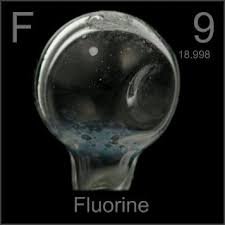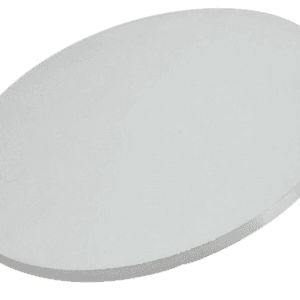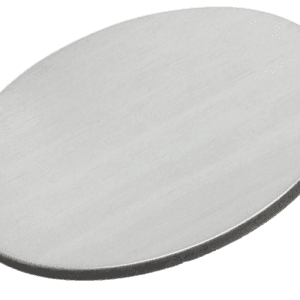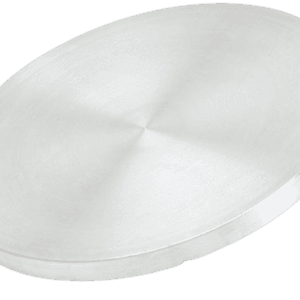Cadmium Fluoride Sputtering Target Description
Cadmium fluoride sputtering target from TFM is a fluoride ceramic sputtering material with the chemical formula CdF2. This material is used in various applications, including thin film deposition and optical coatings.
 Cadmium is a chemical element that originates from the Latin word ‘cadmia,’ the name for the mineral calmine. It was first identified in 1817 by S. L Hermann, F. Stromeyer, and J.C.H. Roloff, who also successfully isolated the element. The chemical symbol for cadmium is “Cd.” It is located at atomic number 48 in the periodic table, within Period 5 and Group 12, belonging to the d-block. The relative atomic mass of cadmium is 112.411(8) Dalton, where the number in brackets indicates the measurement uncertainty.
Cadmium is a chemical element that originates from the Latin word ‘cadmia,’ the name for the mineral calmine. It was first identified in 1817 by S. L Hermann, F. Stromeyer, and J.C.H. Roloff, who also successfully isolated the element. The chemical symbol for cadmium is “Cd.” It is located at atomic number 48 in the periodic table, within Period 5 and Group 12, belonging to the d-block. The relative atomic mass of cadmium is 112.411(8) Dalton, where the number in brackets indicates the measurement uncertainty.
Related Product: Cadmium Sputtering Target
 Fluorine, also known as fluorin, is a chemical element derived from the Latin word ‘fluere,’ which means “to flow.” It was first mentioned in 1810 and observed by A.-M. Ampère, with its isolation later achieved and announced by H. Moissan. The chemical symbol for fluorine is “F.” It occupies atomic number 9 in the periodic table, situated in Period 2 and Group 17, within the p-block. The relative atomic mass of fluorine is 18.9984032(5) Dalton, with the number in brackets indicating the uncertainty in this measurement.
Fluorine, also known as fluorin, is a chemical element derived from the Latin word ‘fluere,’ which means “to flow.” It was first mentioned in 1810 and observed by A.-M. Ampère, with its isolation later achieved and announced by H. Moissan. The chemical symbol for fluorine is “F.” It occupies atomic number 9 in the periodic table, situated in Period 2 and Group 17, within the p-block. The relative atomic mass of fluorine is 18.9984032(5) Dalton, with the number in brackets indicating the uncertainty in this measurement.
Cadmium Fluoride Sputtering Target Specification
| Compound Formula | CdF2 |
| Molecular Weight | 150.41 |
| Appearance | White |
| Melting Point | 1,110° C |
| Boiling Point | 1,748° C |
| Density | 6.33 g/cm3 |
Cadmium Fluoride Sputtering Target Packaging
Get Contact
TFM offers Cadmium Fluoride Sputtering Targets in various forms, purities, sizes, and prices. We specialize in high-purity thin film deposition materials with optimal density and minimal grain sizes, which are ideal for semiconductor, CVD, and PVD applications in display and optics. Contact Us for current pricing on sputtering targets and other deposition materials that are not listed.


 MSDS File
MSDS File



Reviews
There are no reviews yet.